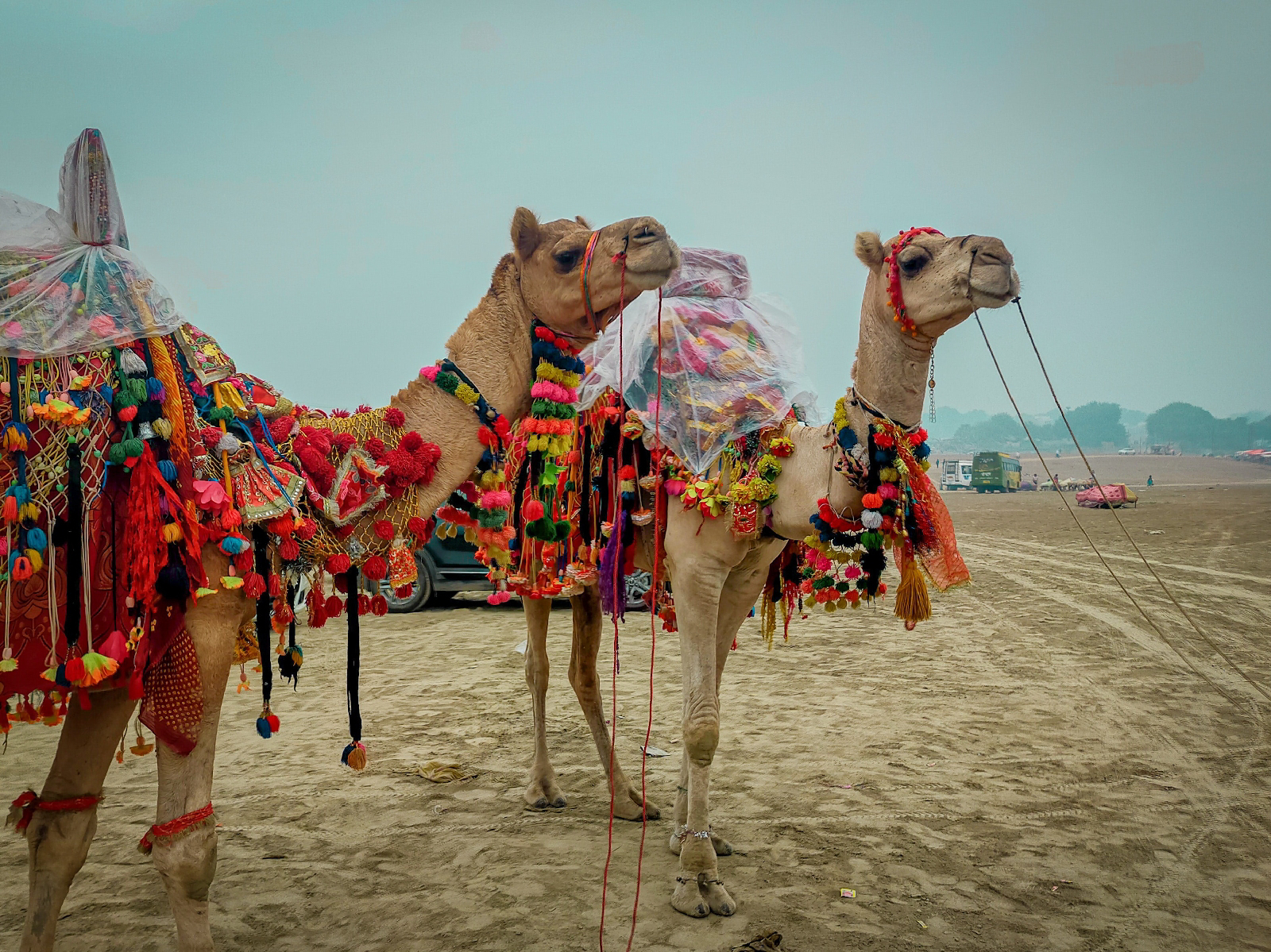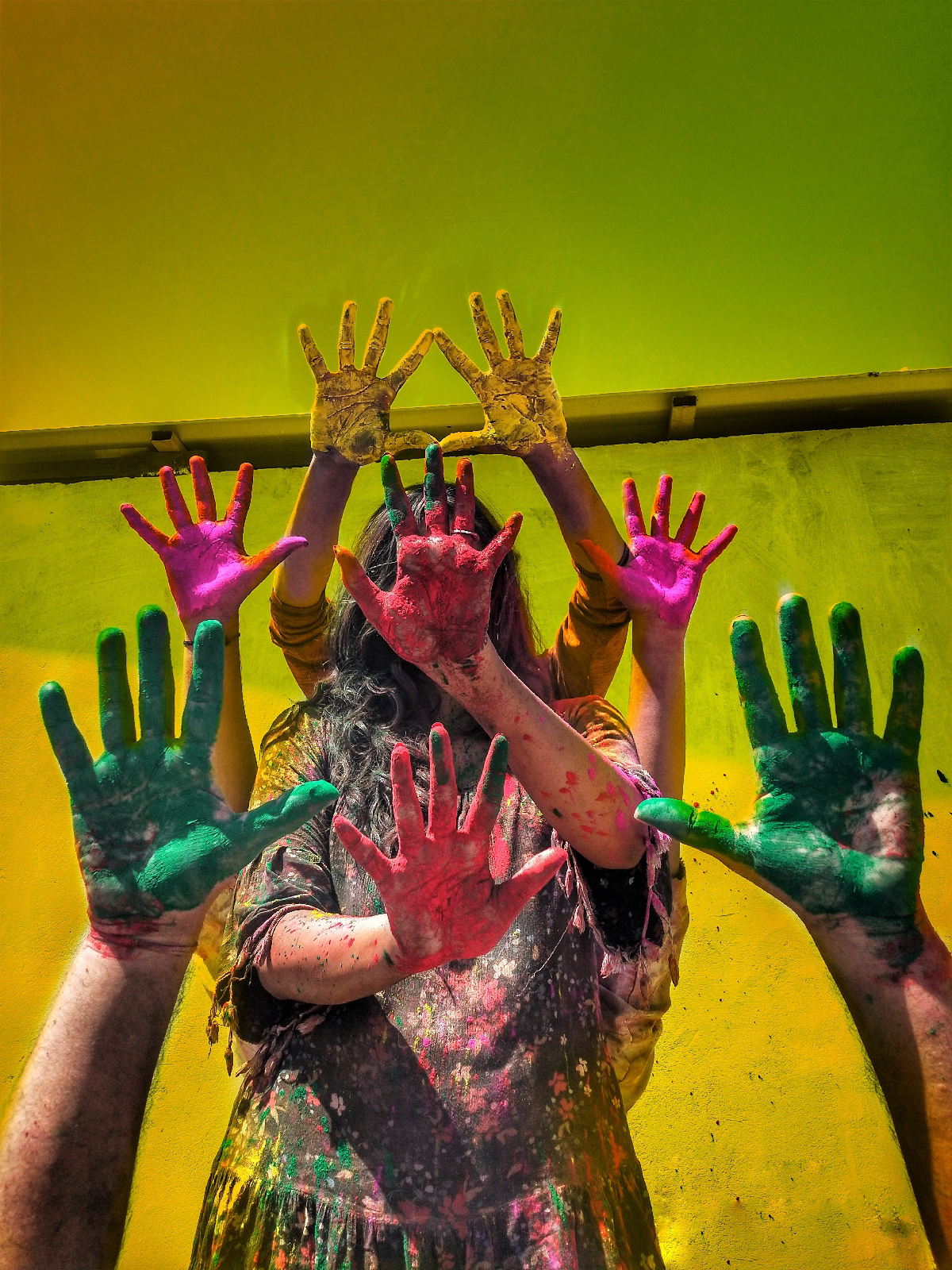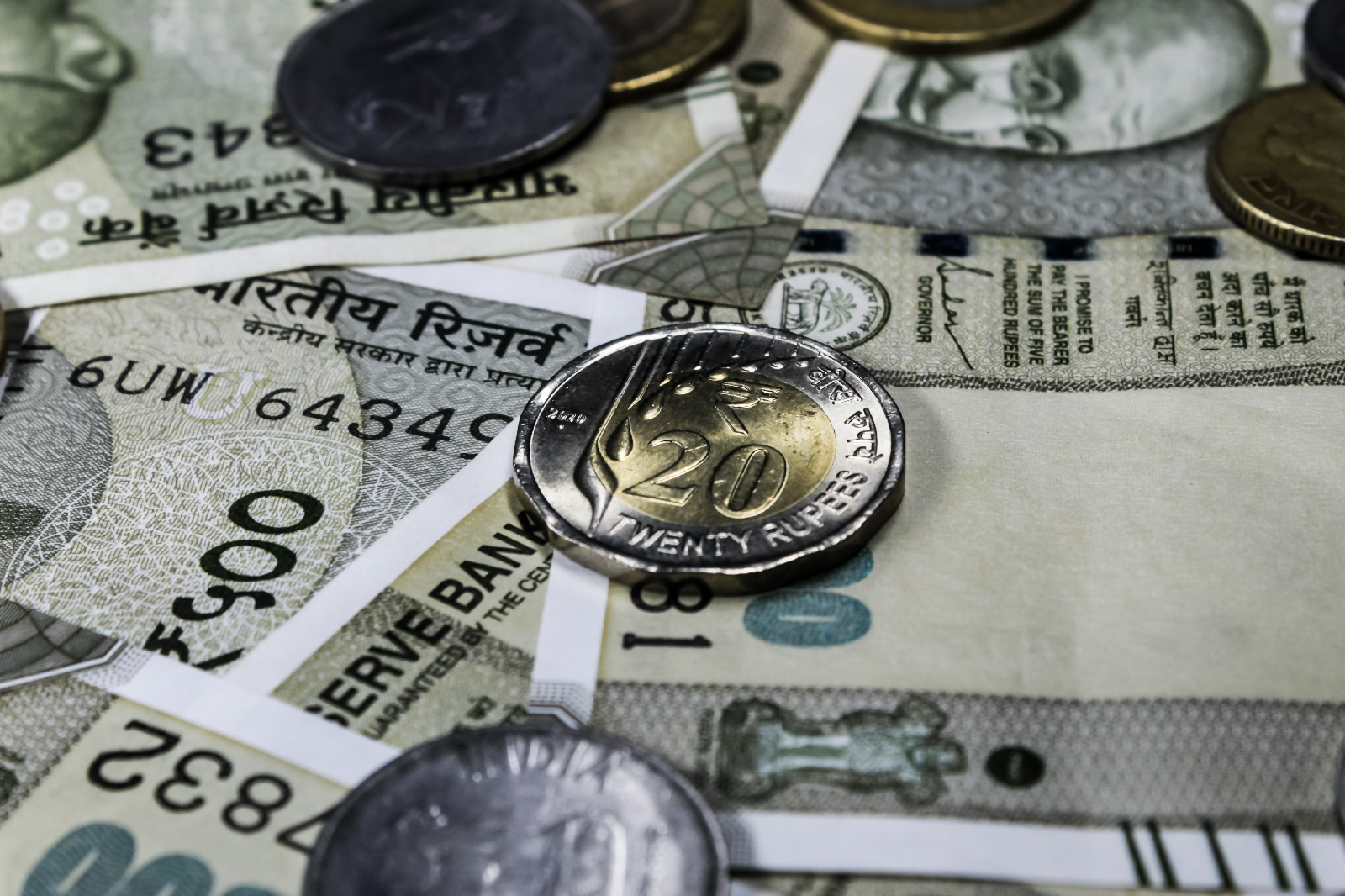I ❤ INDIA 🇮🇳
INDIA 🇮🇳
India is a diverse country located in South Asia. India's population was over 1.3 billion, making it the second-most populous country in the world after China.It is the seventh-largest country by land area and the second-most populous in the world. India has a rich history dating back thousands of years, with various empires and dynasties shaping its cultural heritage. The official languages are Hindi and English, and there are numerous regional languages spoken throughout the country.
The Indian flag, also known as the "Tiranga," consists of three horizontal stripes: saffron at the top, white in the middle, and green at the bottom. In the center of the white stripe, there is a navy blue Ashoka Chakra, a 24-spoke wheel, which represents progress and the eternal wheel of law. The flag was adopted on July 22, 1947, and it symbolizes the unity and diversity of India's culture and people. It's a proud symbol of the nation's independence and sovereignty
India is known for its cultural diversity, with various religions, traditions, and festivals celebrated across the nation. Hinduism, Islam, Christianity, Sikhism, Buddhism, and Jainism are some of the major religions practiced here.
The Indian economy is one of the fastest-growing in the world and is characterized by a mix of agriculture, manufacturing, and services sectors. Key industries include information technology, pharmaceuticals, textiles, and automotive manufacturing
India has a long and fascinating history that dates back thousands of years, with various empires and dynasties leaving their mark on the country.
India gained independence from British colonial rule on August 15, 1947, and became a democratic republic on January 26, 1950. The country's political system is a federal parliamentary democratic republic, with the President as the head of state and the Prime Minister as the head of government.
India is known for its cultural diversity, with over 2,000 ethnic groups and more than 1,600 languages spoken. The major languages are Hindi and English, and there are 22 officially recognized languages at the state level.
The Indian economy is one of the world's fastest-growing economies, with agriculture, manufacturing, and services being significant sectors. It is also a major player in the technology and IT industry, with cities like Bangalore being known as the "Silicon Valley of India."
India is known for its rich traditions, including diverse cuisines, classical dance forms, music, art, and religious practices. Hinduism is the largest religion in the country, followed by Islam, Christianity, Sikhism, Buddhism, and others.
The iconic landmarks of India include the Taj Mahal, a UNESCO World Heritage Site, located in Agra, the Qutub Minar in Delhi, and various other historical monuments and temples across the country.
The Indian film industry, also known as Bollywood, is one of the largest and most prolific in the world, producing numerous films every year
Indian people are the citizens of India, a diverse country with a rich history and culture. They come from various ethnicities, languages, religions, and traditions, contributing to the country's vibrant social fabric. Indian culture is known for its festivals, music, dance, cuisine, and traditional attire, which vary across regions. The country's population is vast, making it one of the most populous nations in the world. Indian people have made significant contributions to various fields like technology, science, arts, literature, and more.
Indian food is renowned for its rich and diverse flavors, influenced by various regions and cultures within India. It typically includes a wide array of spices, herbs, and aromatic ingredients. Common dishes include biryani, curry, samosas, dosas, naan, and many more. Each region has its own specialties, offering a vast and delicious culinary experience.
Indian culture is incredibly diverse and rich, reflecting the country's long history and various regional influences. It encompasses a wide range of languages, religions, art forms, festivals, and traditions. Key aspects include the practice of Hinduism, Buddhism, Sikhism, Jainism, and Islam, among others. Indian classical music, dance forms like Bharatanatyam and Kathak, and various folk traditions are celebrated as well. Festivals like Diwali, Holi, Eid, and Christmas are observed with great enthusiasm. Family values, respect for elders, and hospitality are essential pillars of Indian society. Cuisine is diverse and varies greatly from region to region, with staples like rice, wheat, lentils, and a wide array of spices. Indian culture continues to evolve and thrive, blending ancient traditions with modern influences.
One of the most famous palaces in India is the Taj Mahal, located in Agra, Uttar Pradesh. It is renowned for its stunning architecture and historical significance as a symbol of love.
Indian education is a diverse system that encompasses various educational boards, such as CBSE, ICSE, and state boards. It includes primary, secondary, and higher education institutions. In recent years, there has been a focus on improving access to education, digital learning, and skill development. However, challenges like unequal access to quality education and rote learning still persist.
Indian finance encompasses various aspects related to the country's financial system, economy, and policies. Some key points include:
1.Banking Sector: India has a well-established banking sector, including public sector banks, private sector banks, and foreign banks operating in the country.
2.Stock Market: The Indian stock market comprises two major exchanges - the Bombay Stock Exchange (BSE) and the National Stock Exchange (NSE).
3.Fiscal Policies: The government formulates fiscal policies that affect taxation, public spending, and borrowing to manage the economy's growth and stability.
4.Monetary Policies: The Reserve Bank of India (RBI) is responsible for formulating monetary policies to regulate money supply, interest rates, and inflation.
5.Financial Inclusion: India has been working towards financial inclusion to bring unbanked and underbanked populations into the formal financial system.
6.Digital Finance: The country has seen significant growth in digital finance, with mobile banking and digital payment platforms becoming increasingly popular.
7.Economic Reforms: India has implemented various economic reforms to attract investments, encourage entrepreneurship, and enhance economic growth.
Indian sports have a rich history and a diverse range of famous athletes across various disciplines. Some well-known Indian sports personalities include Sachin Tendulkar (cricket), Mary Kom (boxing), Saina Nehwal (badminton), Virat Kohli (cricket), P.V. Sindhu (badminton), and M.S. Dhoni (cricket), among many others. These athletes have not only achieved great success in India but have also made a significant impact on the international sports stage. Cricket remains the most popular sport in India, but other sports like badminton, boxing, wrestling, and shooting have also gained considerable popularity in recent years.
Indian festivals are an integral part of the country's cultural heritage and are celebrated with enthusiasm and joy across various regions. Some popular festivals in India include Diwali, Holi, Navratri, Eid, Christmas, and many more. Each festival has its unique significance and customs, often involving feasts, decorations, music, dance, and social gatherings. The diversity of Indian festivals reflects the rich and diverse cultural fabric of the country.




















Comments
Post a Comment